

CarExpert.com.au
Model range deep-dive: Mahindra's SUV family
4 Days Ago

Journalist
While other automakers have rushed headlong into electric vehicle development, Mazda is taking a more cautious approach.
Aside from the odd hybrid in Japan, and the MX-30, it has so far steadfastly refused to embrace widespread electrification.
Overnight, the automaker announced a change in course.
Between 2022 and 2025 it will launch five hybrid, as well as five plug-in hybrid, and three pure electric models or variants.
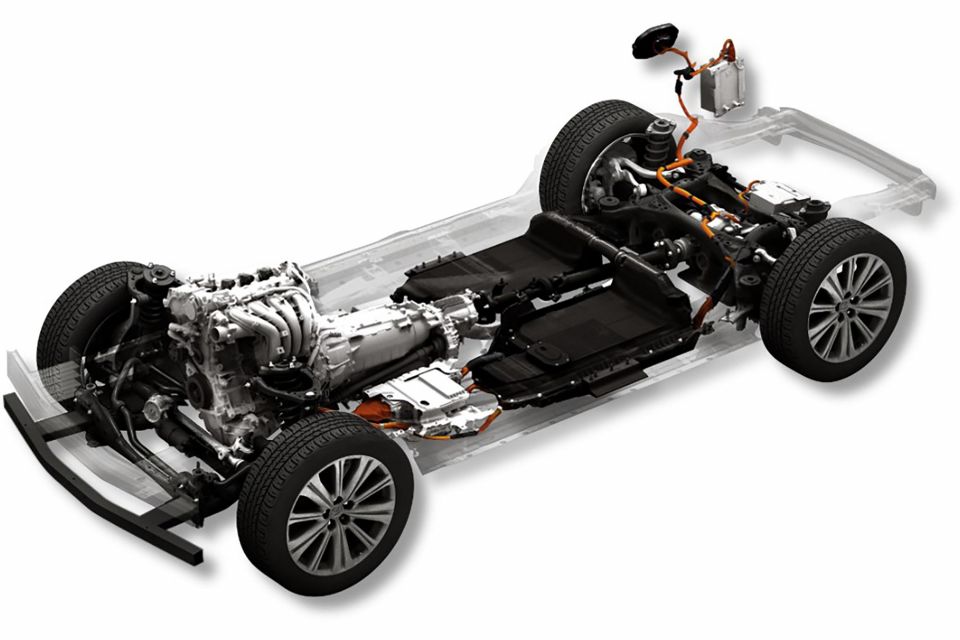
These will be based on the SkyActiv Multi-Solution Scalable Architecture, which supports both front-wheel drive models with a traverse engine layout and rear-wheel drive cars with a longitudinal engine setup.
Some — perhaps all — of Mazda’s upcoming hybrids will use technology licensed from Toyota.
Mazda’s electrified models are being developed primarily with Japan, Europe, the USA, China and ASEAN in mind.
Photos supplied with today’s announcement indicate Mazda’s upcoming rear-wheel drive vehicles will have petrol and diesel engines with 48V mild-hybrid technology.
According to the firm, these mild hybrid models are not counted against the five hybrids it plans to launch by 2025.
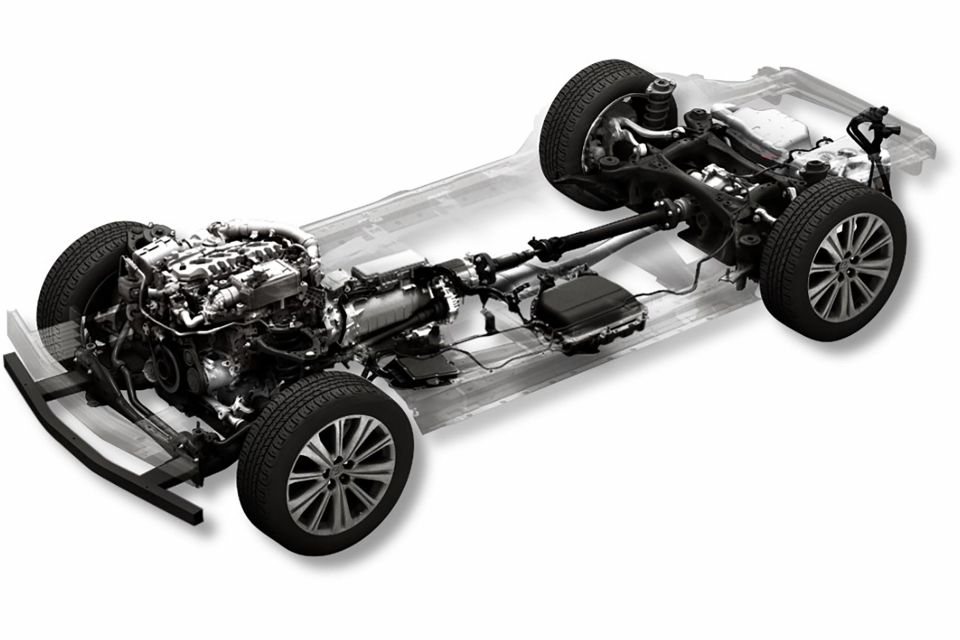
In addition to this the company will develop a new dedicated EV platform. The SkyActiv Scalable EV Architecture will debut some time between 2025 and 2030.
It’s unclear how many vehicles are planned for the EV platform, with the company only confirming “several products” will be launched by the end of the decade.
By 2030 Mazda expects “100 per cent of our products will have some level of electrification”, with EVs set to account for around 25 per cent of all sales.
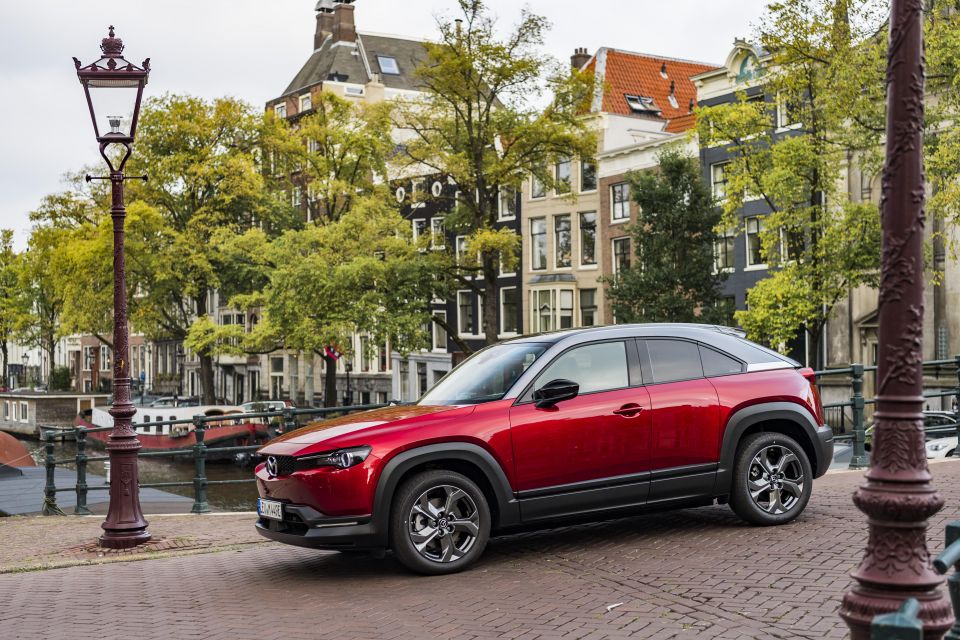
At present the only full EV model in Mazda’s range is the quirky MX-30 crossover, which has an electric motor with 107kW and 271Nm driving the front wheels.
Equipped with a small 35.5kWh battery, driving range is said to be only 200km using the WLTP standard.
As part of today’s announcement, the Hiroshima-based car maker confirmed it will begin rolling out a “human-centric autonomous driving system”, dubbed Mazda Co-Pilot, with its first large rear-wheel drive vehicles in 2022.
The Co-Pilot system will continuously monitor the driver and if a “sudden change in the driver’s physical condition is detected”, the car will go into autonomous driving mode, bring the car to a stop in a safe place, and call emergency services.
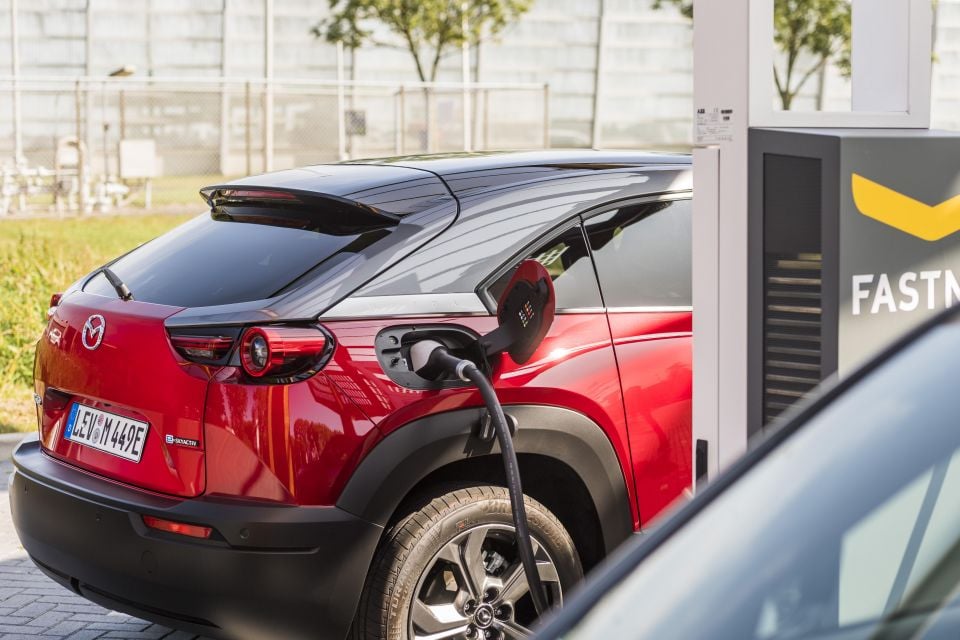
On top of this, Mazda plans on giving future vehicles access to over-the-air software updates.
Mazda is also working with Toyota, Suzuki, Subaru, and Daihatsu to develop “standard engineering specifications of next-generation in-vehicle communication devices”, which will presumably allow for vehicle-to-vehicle and vehicle-to-infrastructure communication.
Where expert car reviews meet expert car buying – CarExpert gives you trusted advice, personalised service and real savings on your next new car.
Derek Fung would love to tell you about his multiple degrees, but he's too busy writing up some news right now. In his spare time Derek loves chasing automotive rabbits down the hole. Based in New York, New York, Derek loves to travel and is very much a window not an aisle person.


CarExpert.com.au
4 Days Ago
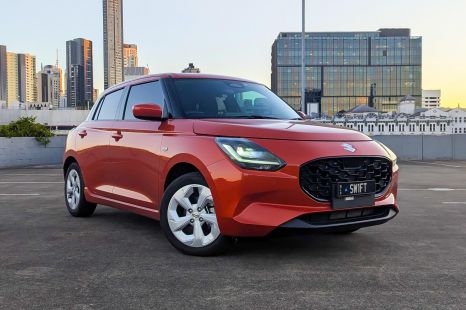

William Stopford
3 Days Ago


Max Davies
2 Days Ago


Josh Nevett
1 Day Ago


William Stopford
19 Hours Ago
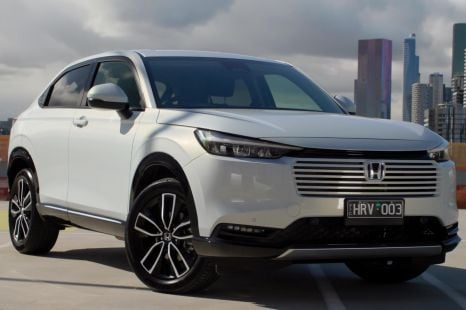

Elle Baillieu
18 Hours Ago